NASA has released a breathtaking video made from images and data collected by the Huygens probe when it crash-landed on Saturn’s moon, Titan, in 2005.



The fountain of youth isn’t so far off.
Scientists have discovered a revolutionary molecule that could be crucial to the health and survival of Mars astronauts – and crucial to helping us look young forever.
Our cells have the ability to repair themselves, but that declines with age – and scientists finally discovered why. The breakthrough comes after six years of DNA research from scientists at Harvard Medical School and University of New South Wales. Their findings were published Friday in Science.
Scientists are proposing new methods of stabilizing the design of the first of its kind tiny and lightweight space probe.
(Photo : SciNews/YouTube screenshot)
Ever since Alpha Centauri was discovered, scientists have been trying to devise new ways of studying it. The Alpha Centauri star is around 4.37 light-years away from Earth, and it is expected that it will take a minimum of 20 years to reach near it.

Don’t expect it to go up anytime soon, but a New York City-based design firm has floated a mind-bending plan for the erection of a skyscraper it bills as “the world’s tallest building ever.”
Dubbed Analemma, the fanciful tower wouldn’t be built on the ground, but suspended in air by cables from an asteroid repositioned into geosynchronous Earth orbit just for the purpose.
Related: NASA’s Bold Plan to Save Earth From Killer Asteroids.
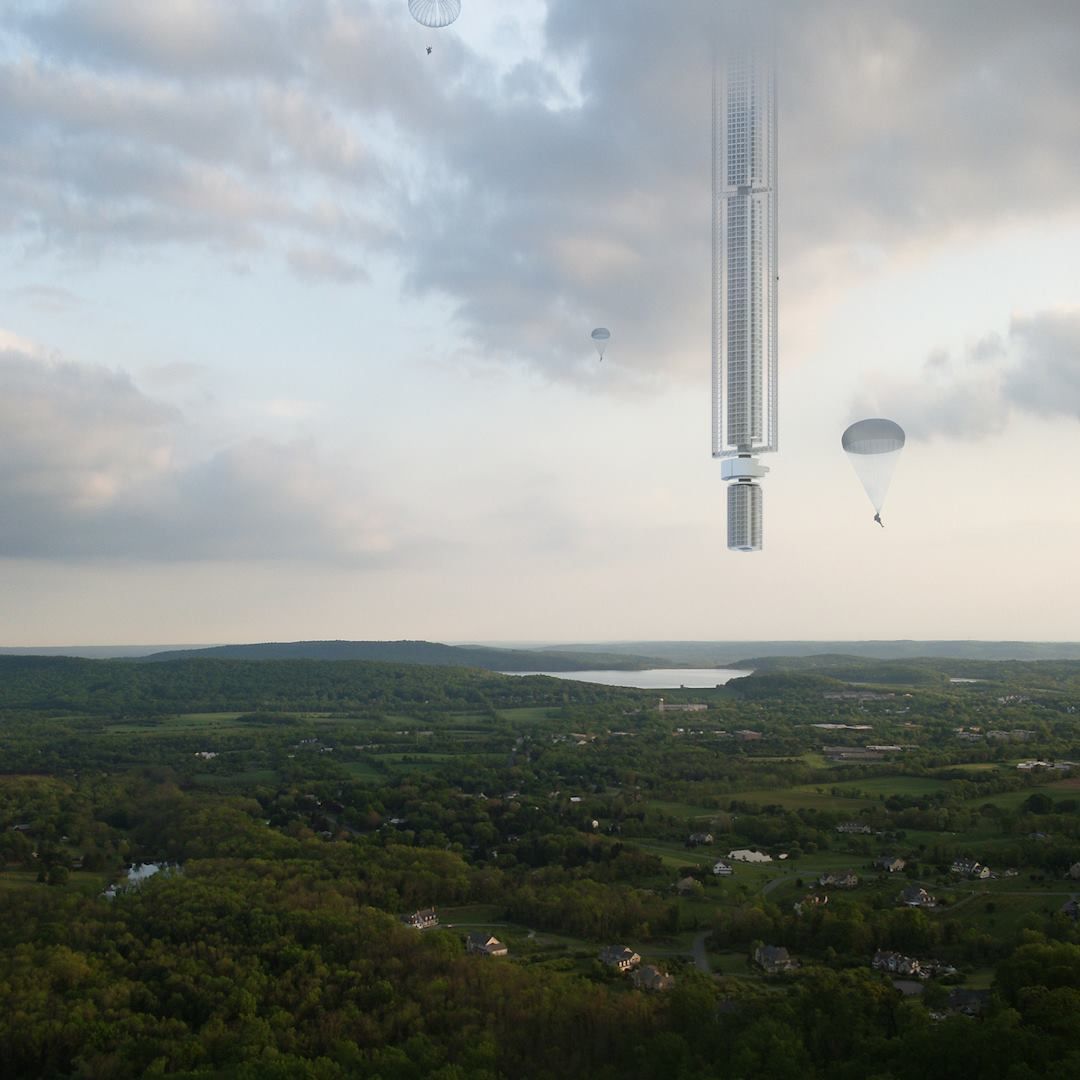
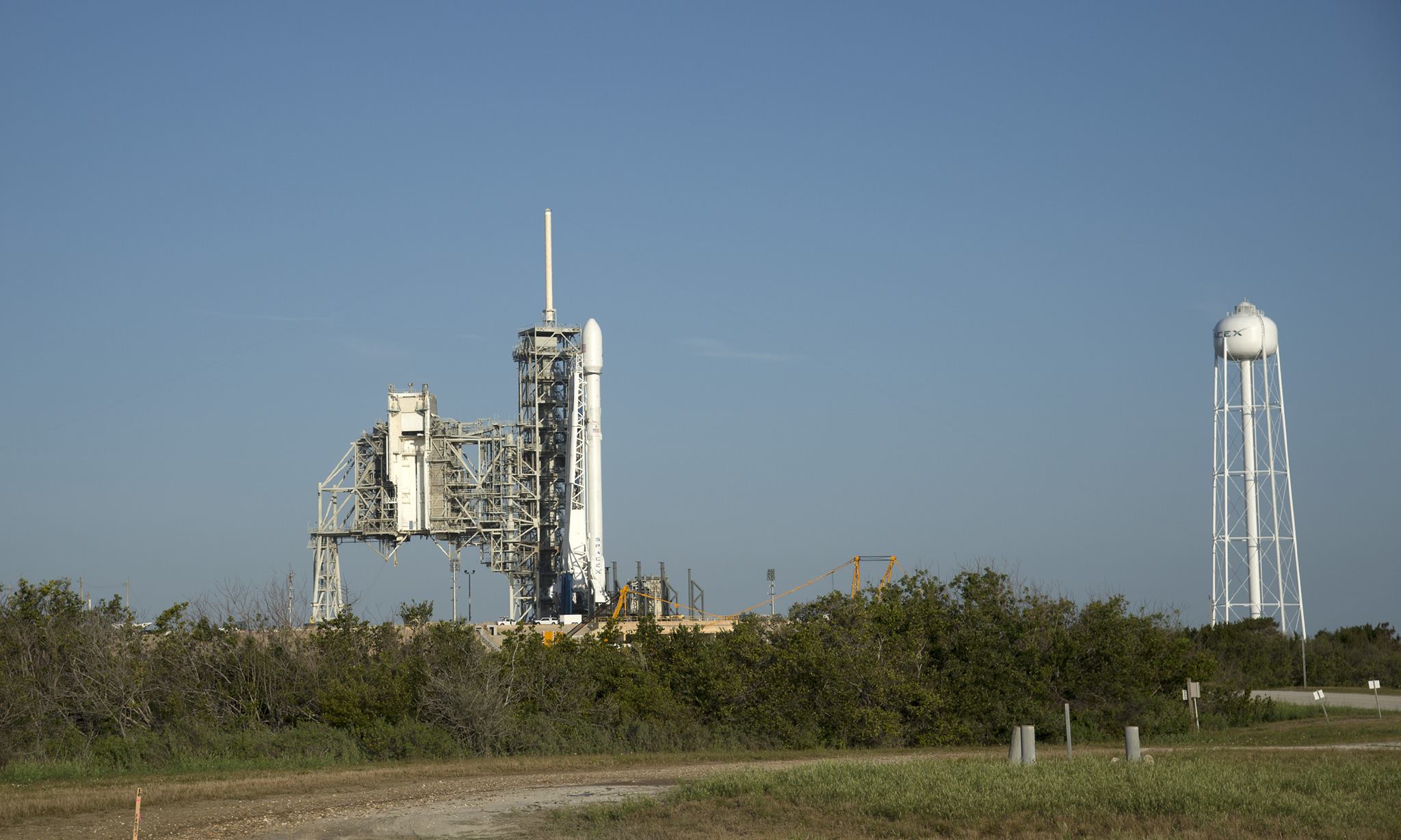
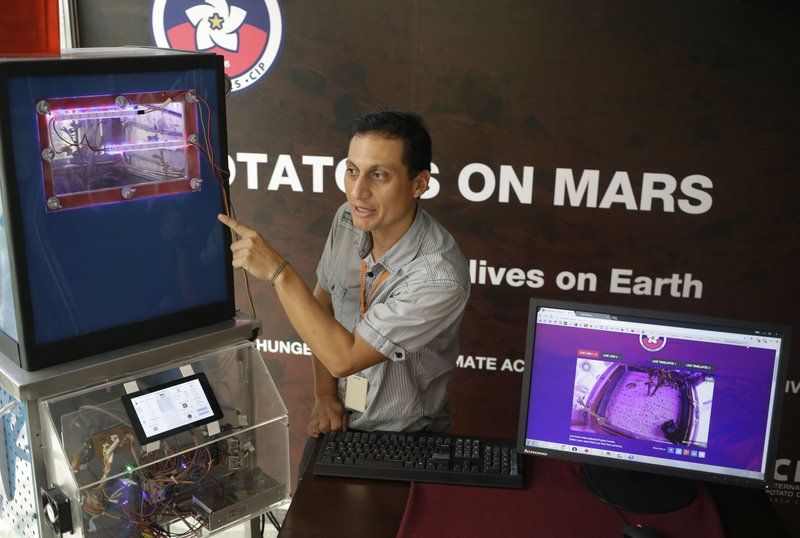
LIMA, Peru (AP) — If human beings finally reach Mars, they may find themselves depending on the humble, if hardy potato.
Scientists in Peru have used a simulator that mimics the harsh conditions on the Red Planet to successfully grow a small potato plant.
It’s an experiment straight out of the 2015 Hollywood movie “The Martian” that scientists say may also benefit arid regions already feeling the impact of climate change.
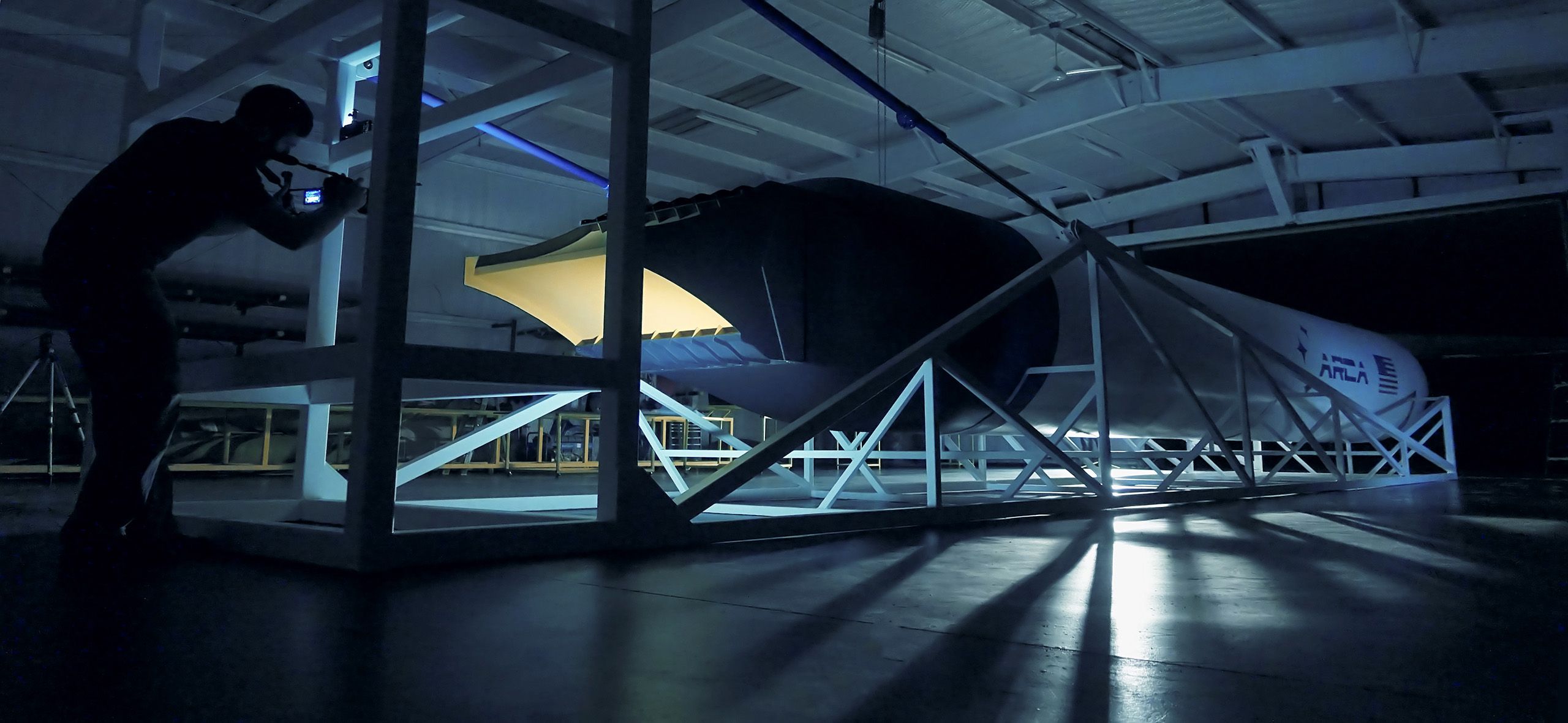
The a Single Stage to Orbit (SSTO) rocket named after Austrian-Romanian medieval rocket pioneer Conrad Haas (1509−1579), can launch 100 kg (220lbs) of payload to low earth orbit. The rocket has one stage that is fueled by hydrogen peroxide and kerosene. ARCA Space Corporation secured preliminary partnerships with NASA’s Kennedy, Ames, Wallops, Marshall, Stennis and Johnson Space Centers aiming to increase the flight readiness of the vehicle that is scheduled for the first flight in 2018 from Wallops Flight Facility. ARCA has also started the FAA licensing process and is currently seeking to secure a partnership with an US defense agency. The SSTO launcher configuration, using the Executor Aerospike engine, is designed to deliver the following results:
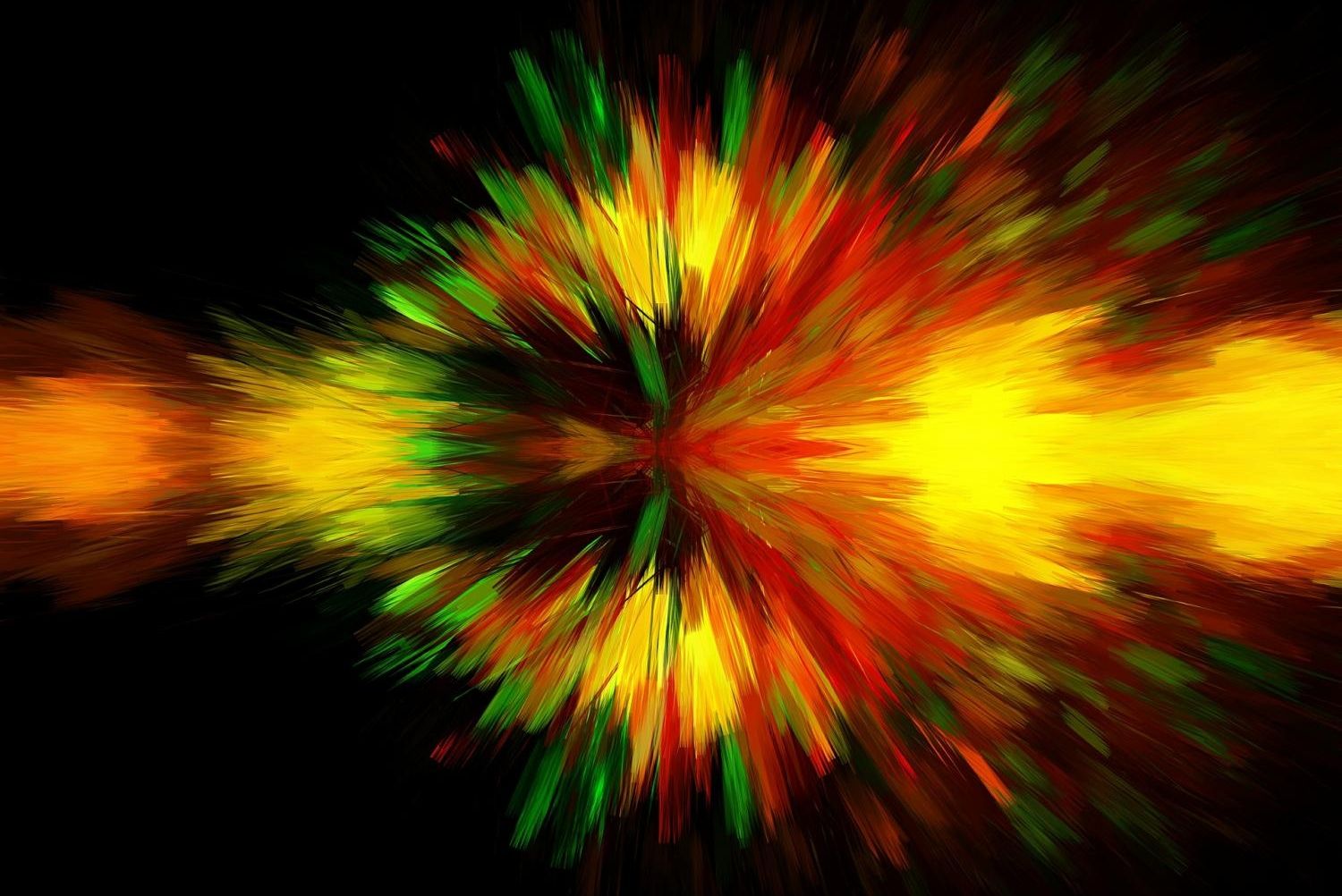
Scientists have discovered a new mechanism involved in the creation of paired light particles, which could have significant impact on the study of quantum physics.
Researchers at the University of East Anglia (UEA) have shown that when photons — the fundamental particles of light — are created in pairs, they can emerge from different, rather than the same, location.
The ground-breaking research could have significant implications for quantum physics, the theoretical basis of modern physics. Until now, the general assumption was that such photon pairs necessarily originate from single points in space.